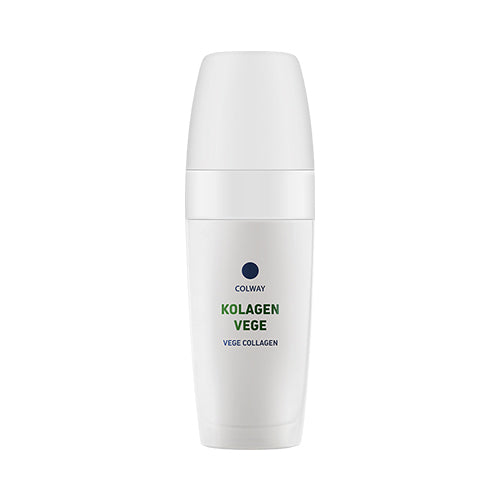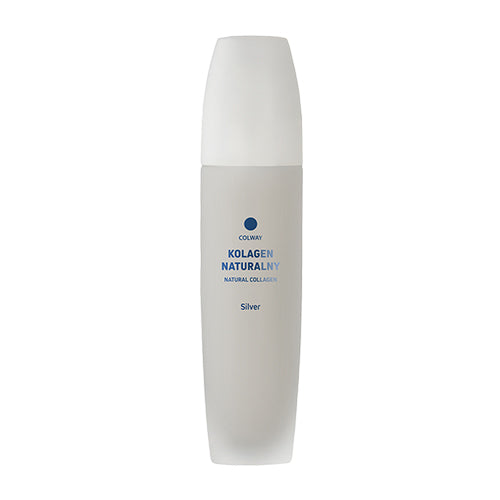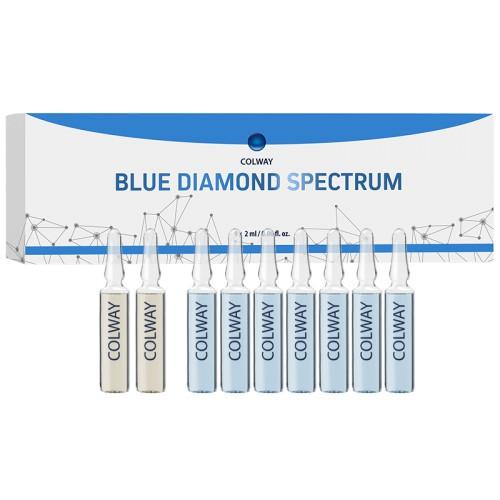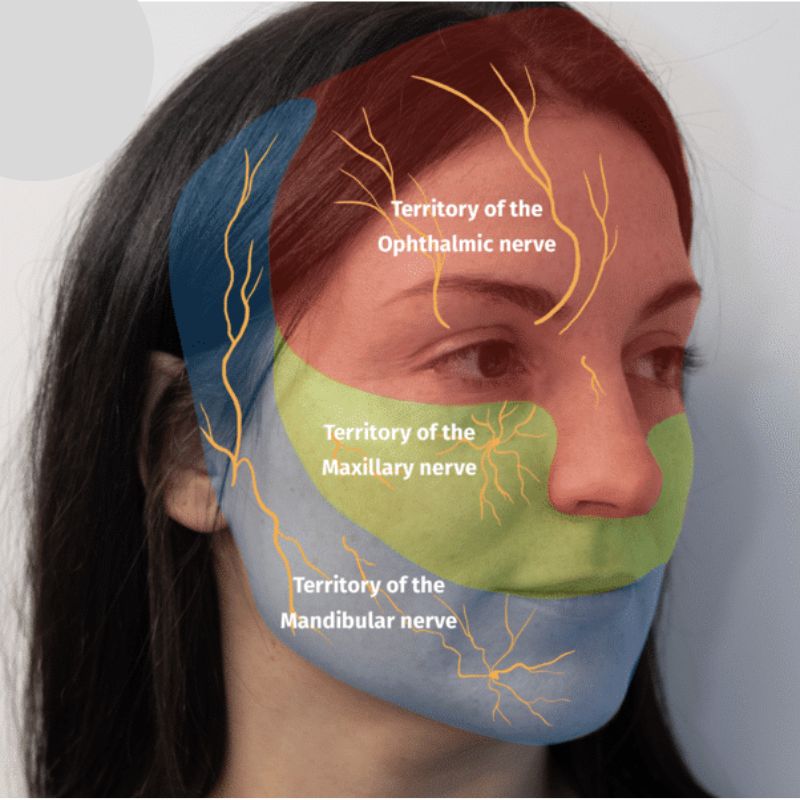Adverse reactions related to dermal fillers and DNA
An ever-increasing number of people undergo dermal filler injections for aesthetic indications or to reduce the signs of skin aging.
Improvements that were previously achieved only by surgery can now be mimicked by dermal fillers treatment at lower cost and with limited- to-none recovery time. For aesthetic reasons alone, almost 2.7 million dermal fillers have been injected in the United States in 2018, a 50%
A recent study in the Netherlands shows that each year, 1 out of 49 women receive at least one injection treatment. Physicians have different types of dermal fillers at their disposal, consisting either of resorbable or nonresorbable materials. Manufacturers claim that marketed fillers are nontoxic and nonimmunogenic, which are requirements for any biomaterial intended for aesthetic uses.
However, unwanted adverse events of various clinical relevance may occur in a low percentage of patients implanted with dermal fillers, such as medical grade silicone, polyalkylimide, hyaluronic acid, poly-lactic acid, polyacrylamide, or methacrylate fillers. Reports suggest incidences of 0.3%-0.4% for hyaluronic acid (HA) 7 and of 5% for acryl- amides.
Early onset inflammatory adverse events start within 2-4 weeks after injection. Late onset inflammatory adverse events to dermal fillers appear between 1 and 60 months postimplantation, with 14 months as mean period. Clinically and histologically, most of the late onset adverse events present as an inflammatory response. In fact, a variety of adverse events has been associated with fillers, including granulomas, inflammatory nodules, angioedema, skin induration, human adjuvant disease, sarcoidosis and sarcoid-like disease, panniculitis, Sjögren syndrome, autoimmune thyroiditis, localized and systemic sclerosis, inflammatory myositis, autoimmune inflammatory syndrome related to adjuvants (ASIA), and cutaneous vasculitis.Most of these adverse events seem to have an immunological basis, where the fillers act as adjuvants more than as direct T-cell activators, on a possible background of genetic predisposition.Even though the origin of these complications is not completely clear, they can be due to exacerbated immune responses of the body against foreign body material. Problems with long term safety and reversibility of adverse events due to foreign body material also occur in plastic surgery (breast implants), cardiology (pacemakers), and orthopedics (hip implants).
When looking at the genetic predisposition leading to immune-mediated, adverse reactions, and genes within the major histo- compatibility complex (MHC) have been shown to be associated with auto-immune diseases as M. Bechterew. And there is also speculation about the HLA subtype-B*08 and HLA subtype-DRB1*03 in immune mediated disorders in women with silicone breast implants.18-23 Because of the low-prevalence of late-onset immune-mediated complications, we hypothesize about the potential role of genetic polymorphism affecting immune-related gene functions, as a subjacent cause.
Genetic polymorphisms are defined as the occurrence of multiple alleles at a given locus, where at least two alleles occur with a frequency greater than 1%. Accordingly, the human leukocyte antigen (HLA) system is the most polymorphic region within the human genome. The HLA system is a super locus that contains a large number of genes clustered on a 4 Mb-segment of the short arm of chromosome 6 in humans, related to immune system function. Indeed, HLA region comprises six major classical HLA loci that encode struc- turally homologous proteins which are classified into HLA class I (HLA-A, B, Cw) and class II (HLA-DRB, DQ, DP).
In this candidate gene study, we tested all HLA subtypes A, B, and DRB for their association with late-onset immune-mediated adverse reactions related to foreign biomaterials, used as implant fillers.
For more information you can download the full research clicking here













